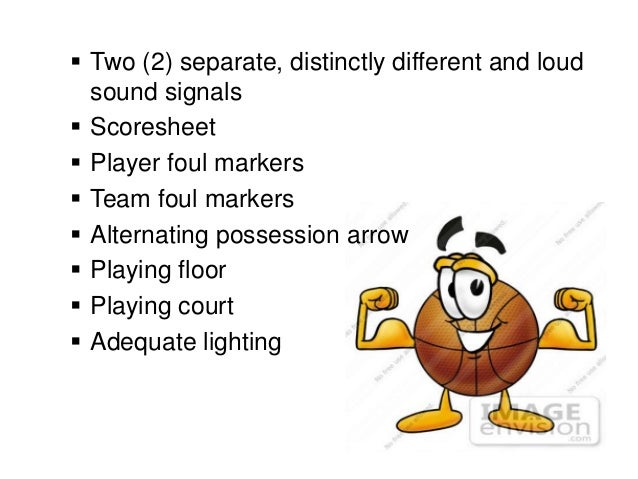
His jumper, though, had humble beginnings: after being dominated in driveway matchups against his much taller brother, “instead of attempting a set shot Bud could easily block, Kenny jumped and shot,” Fury writes. championship, and he was certainly the shot’s most successful early practitioner on the national stage. Sailors led the University of Wyoming Cowboys to the 1943 N.C.A.A. The book’s first few chapters catalogue the shot’s pioneers, among whom Kenny Sailors, who died recently at the age of ninety-five, is the player most widely credited for its popularization. Shawn Fury’s recent book, “Rise and Fire,” explores the “origins, science, and evolution” of the jump shot, from its insubordinate beginnings to its current status as a staple of the game. And, arguably, that began with a few mavericks defying accepted wisdom and scoring from the air. Not only did the jump shot establish a pattern for future breaks from orthodoxy-such as the dunk-its emergence and acceptance also solidified an essential fact about the game: few sports serve as well as basketball as a vehicle for individual style.
Basketball swish sound text tone pro#
In the late nineteen-thirties, players began to experiment with jumping to shoot, and, in the next two decades, the move demonstrated its superiority to the set shot by the end of the fifties, most college and pro teams included “gunners” on their rosters. Yet, during the sport’s first three decades, the preferred method of putting the ball in the basket required a shooter’s feet to remain planted firmly on the court. The jump shot has become so intrinsic to how the game is played that it seems inconceivable that players ever scored without it.

So when Armstrong replicates Kevin Martin’s cockeyed spot-ups or Paul Pierce’s splay-legged step-backs, he seems to be not just replicating a signature move but getting at some essence of the man himself. The jump shot is basketball’s equivalent of a singer’s voice: all are variations on a basic theme (aim, liftoff, release), but no two are identical-and some are so distinctive that they become iconic. What’s most striking and impressive about the videos is Armstrong’s accuracy in replicating a given player’s shooting form. Since then, Armstrong has posted dozens more parody videos, featuring impressions of Kobe Bryant, LeBron James, and Shaquille O’Neal, among others, and has been dubbed the N.B.A. The clip spread on Facebook and got picked up by the Sporting News and ESPN-eventually, it was shared on Twitter by Westbrook himself. Playing on a hoop with a rim set about eight feet off the ground, he mimics Westbrook’s tilting pull-up jump shots, tomahawk dunks, and lunatic celebrations with hilarious precision. In July, 2015, Armstrong, who has played professionally in Spain and in the National Basketball Association Development League, uploaded a twenty-nine-second video in which he imitates the Oklahoma City Thunder’s mercurial point guard, Russell Westbrook.

One of the great Internet finds of last year-for basketball fans, anyway-was Brandon Armstrong’s YouTube channel.


 0 kommentar(er)
0 kommentar(er)
